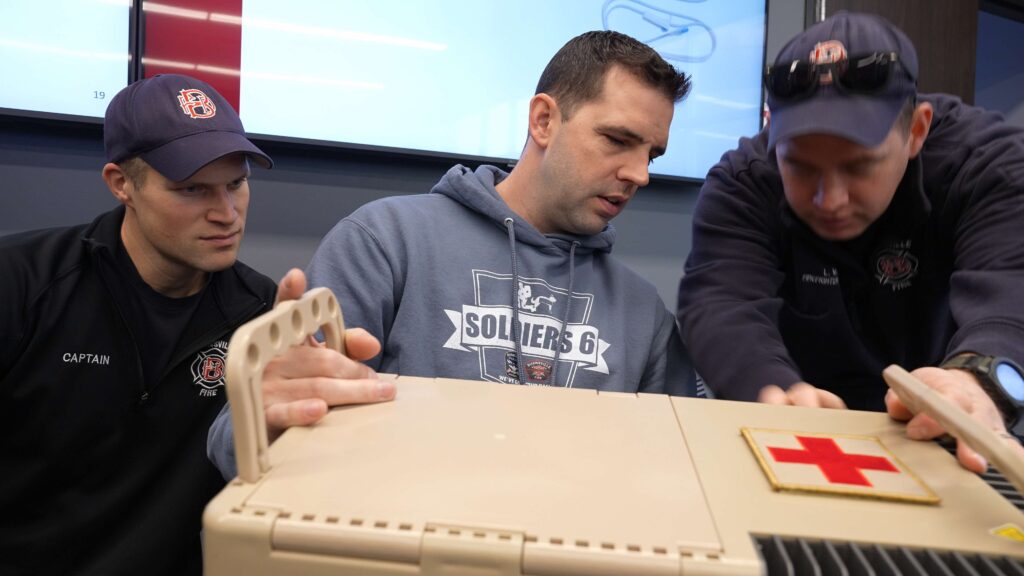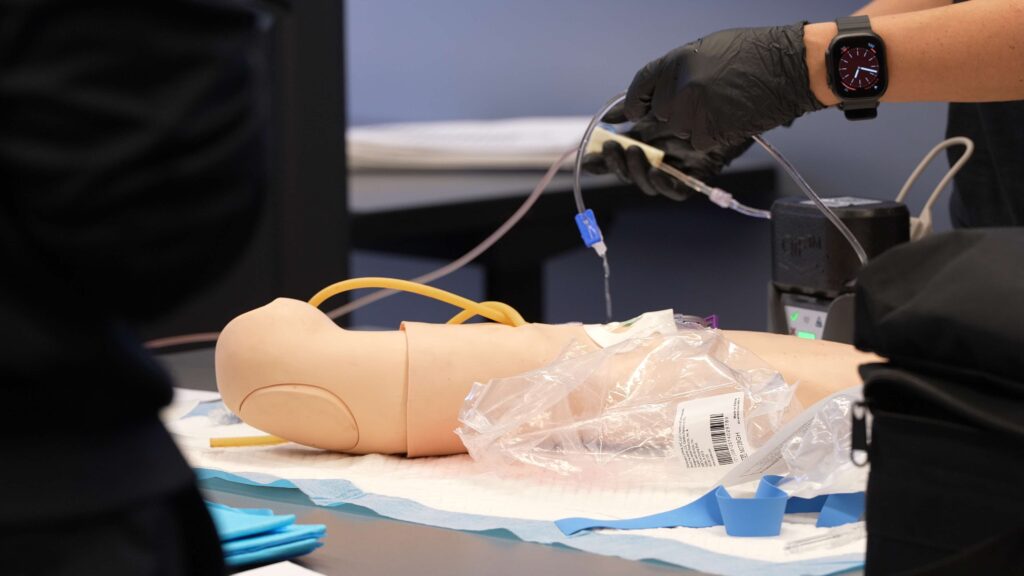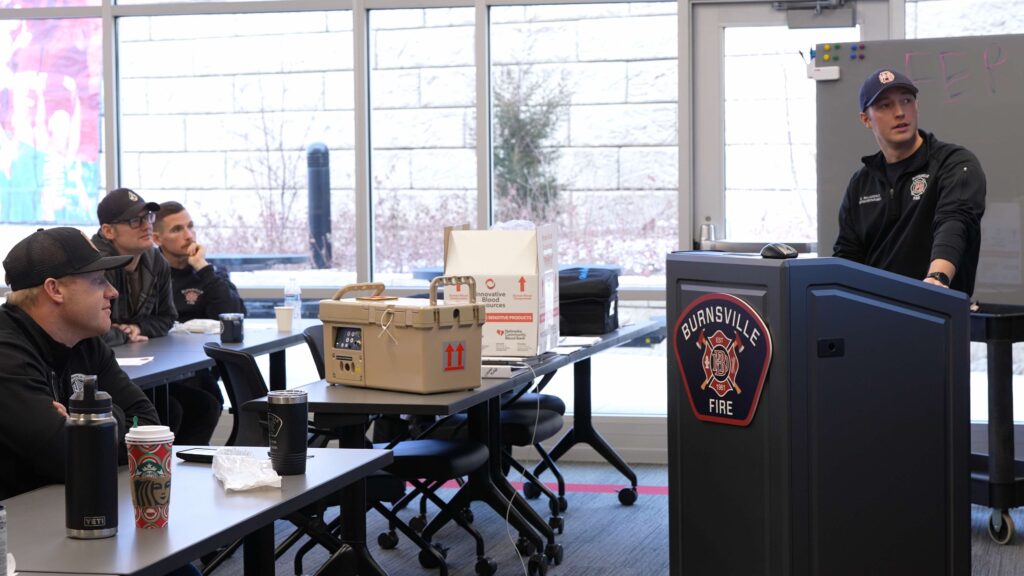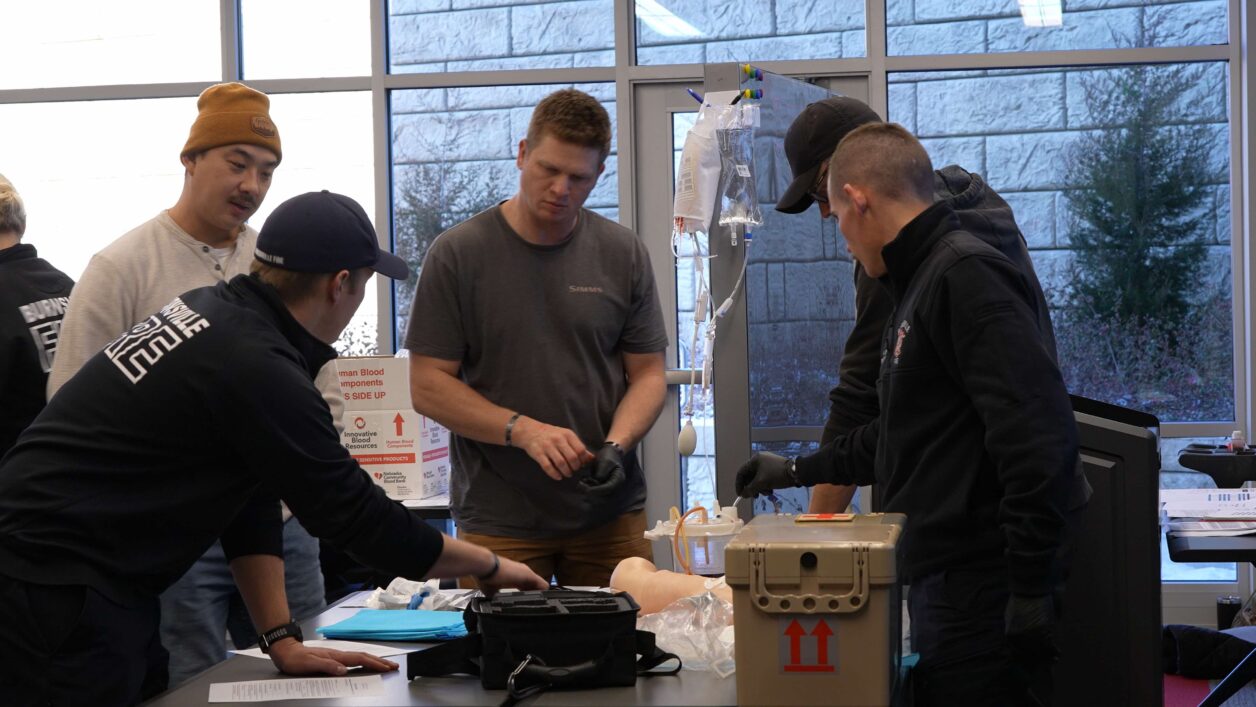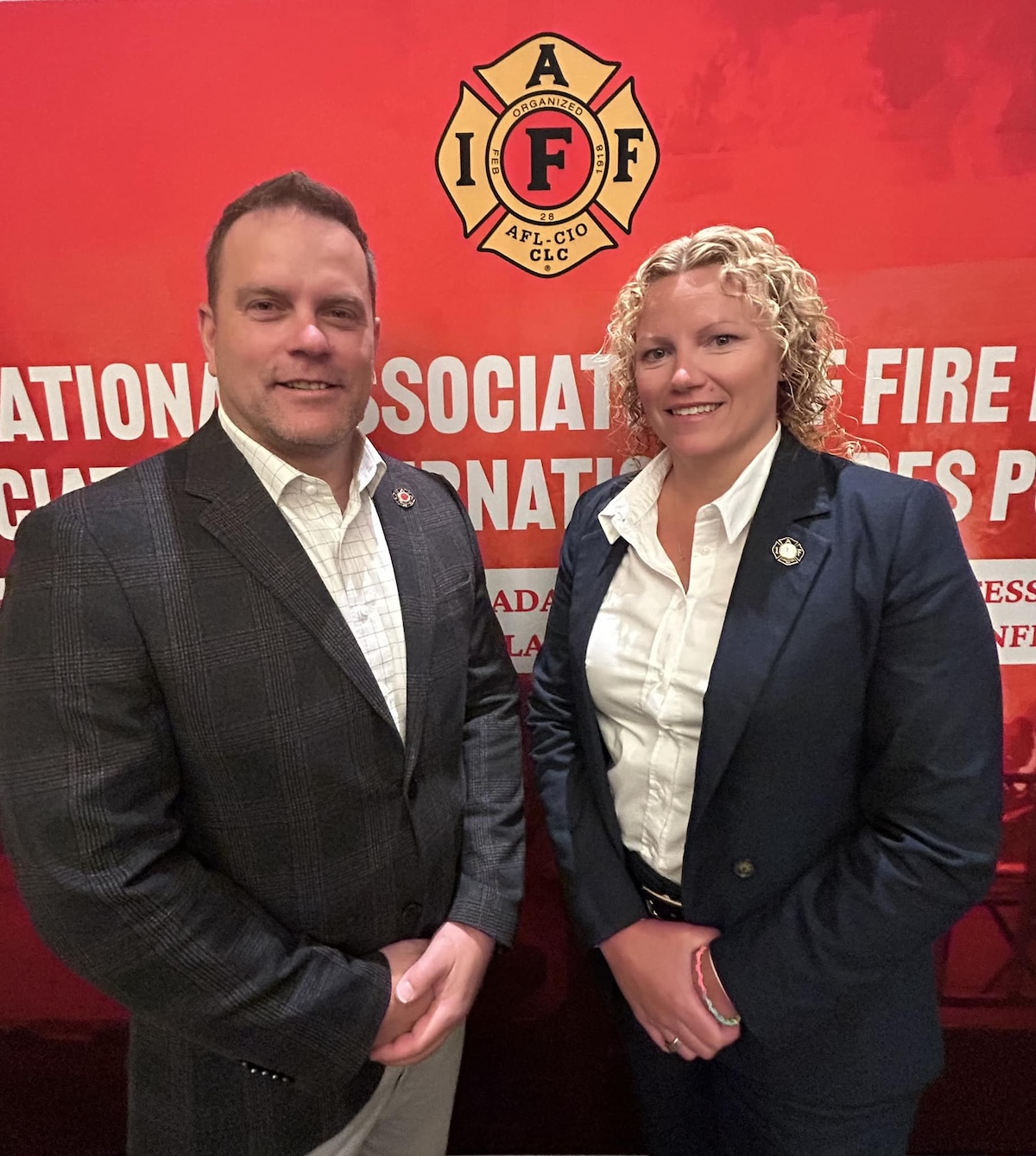Trauma is the fourth leading cause of death in the United States, and timely access to blood has the potential to save thousands of lives each year. To combat this, emergency medical workers in Burnsville, Minn., and Dallas, Texas, are rolling out innovative prehospital blood transfusion programs aimed at improving survival rates for critically injured patients.
Burnsville Fire, the first department in Minnesota to carry low titer leukoreduced O+ whole blood on its ambulances, launched its program in January 2025. The initiative equips emergency vehicles, allowing EMS teams to administer life-saving transfusions on-site. The program has been developed in collaboration with Memorial Blood Center and a nearby Level 1 trauma center, with plans to expand after successful trials.
“Burnsville Fire’s closest Level 1 trauma center is located 20 minutes north. Factoring in the time from injury to transport initiation and eventual hospital arrival, a critically injured patient may wait up to 45 minutes before receiving blood. Recognizing this gap, I approached Assistant Chief of Professional Standards Neal Dwyer to analyze past call data and determine the potential impact of carrying whole blood,” said Drew McLaughlin, fire fighter/paramedic with Burnsville, MN Local 2910.
We reviewed four years’ worth of patient charts and found that approximately 15 patients per year—both trauma and medical cases—would have met national guidelines for blood administration.
fire fighter/paramedic Drew McLaughlin
Prehospital blood transfusions can significantly improve survival rates for patients suffering from traumatic injuries, severe bleeding, or shock by rapidly restoring both oxygen-carrying capacity and clotting factors. This early intervention, previously available only in hospitals or via air ambulances, is now accessible at the scene of emergencies.
“We reviewed four years’ worth of patient charts and found that approximately 15 patients per year—both trauma and medical cases—would have met national guidelines for blood administration,” McLaughlin said.
McLaughlin says the program is already showing success, with the first unit transfused this month.
In a similar effort, Dallas Fire-Rescue (DFR) launched the EMS Blood Transfusion Pilot Program to deliver life-saving transfusions directly to trauma patients in the field. In partnership with Parkland BioTel and the American Red Cross, units are delivered by DFR EMS supervisors to emergency scenes and kept in remotely monitored coolers to maintain temperature. When needed, transfusions are performed in the ambulance using portable blood warmers and specialized tubing.
“During the pilot phase, we placed blood components on two of our EMS Field Supervisor vehicles in the areas of the city with the highest trauma rates. The supervisor is automatically dispatched on any shootings and stabbings within a 10-minute radius of their location,” said Deputy Chief of EMS Scott Clumpner, a Dallas, TX Local 58 member. “They also may be requested by field paramedics to the scene or for an intercept if they have a patient in hemorrhagic shock.”
The program hopes to improve survival chances for patients more than 30 minutes from a trauma center and will run for six months before being evaluated for citywide expansion.
American Red Cross North Texas CEO Linda Braddy urged residents to donate blood to help make a difference. “Mobile blood transfusions are critical to providing a higher level of immediate care to people in need,” she said. “A single blood donation can save multiple lives.”
As these innovative programs take shape in cities like Burnsville and Dallas, the Prehospital Blood Transfusion Initiative Coalition (PBTIC)—which includes the IAFF and other emergency service agencies—is pushing for more federal funding to expand the life-saving program nationwide.

